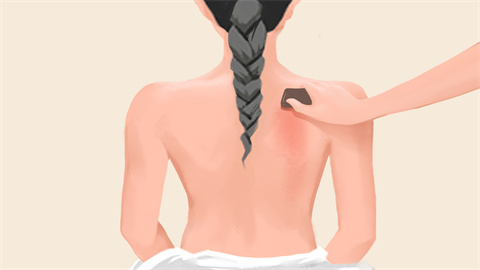Can children with fever be treated with cupping therapy to reduce body temperature?
Generally speaking, whether children with fever can use cupping therapy to reduce body temperature should be determined based on the severity of the fever and the child's overall health condition. If a child's temperature is below 38.5°C and there are no other discomforts, cupping therapy might be considered under professional guidance to assist with cooling down. However, if the temperature exceeds 38.5°C, or if there are accompanying symptoms such as coughing and vomiting, or if the child is very young, has sensitive skin, or suffers from underlying medical conditions, cupping therapy for reducing fever is not recommended. Detailed explanations are as follows:

When a child has a mild fever, is in good spirits, and has no skin injuries or allergic reactions, cupping therapy may be performed by trained professionals. Suitable areas for cupping include the neck and back. The pressure applied should be gentle to avoid skin damage.
If a child's fever is high, or if the child is very young, has delicate and tender skin, cupping may not effectively reduce the fever and could cause skin damage or worsen discomfort due to improper handling. In such cases, priority should be given to using fever-reducing medications specifically formulated for children, while promptly identifying the cause of the fever and implementing targeted treatments to avoid delaying recovery.
To help children recover more effectively from fever, it is important to ensure they get sufficient rest, maintain good indoor ventilation, adjust clothing according to temperature changes, and avoid overdressing. Diet should primarily consist of light and easily digestible foods, with ample hydration to support the body's ability to regulate temperature.




